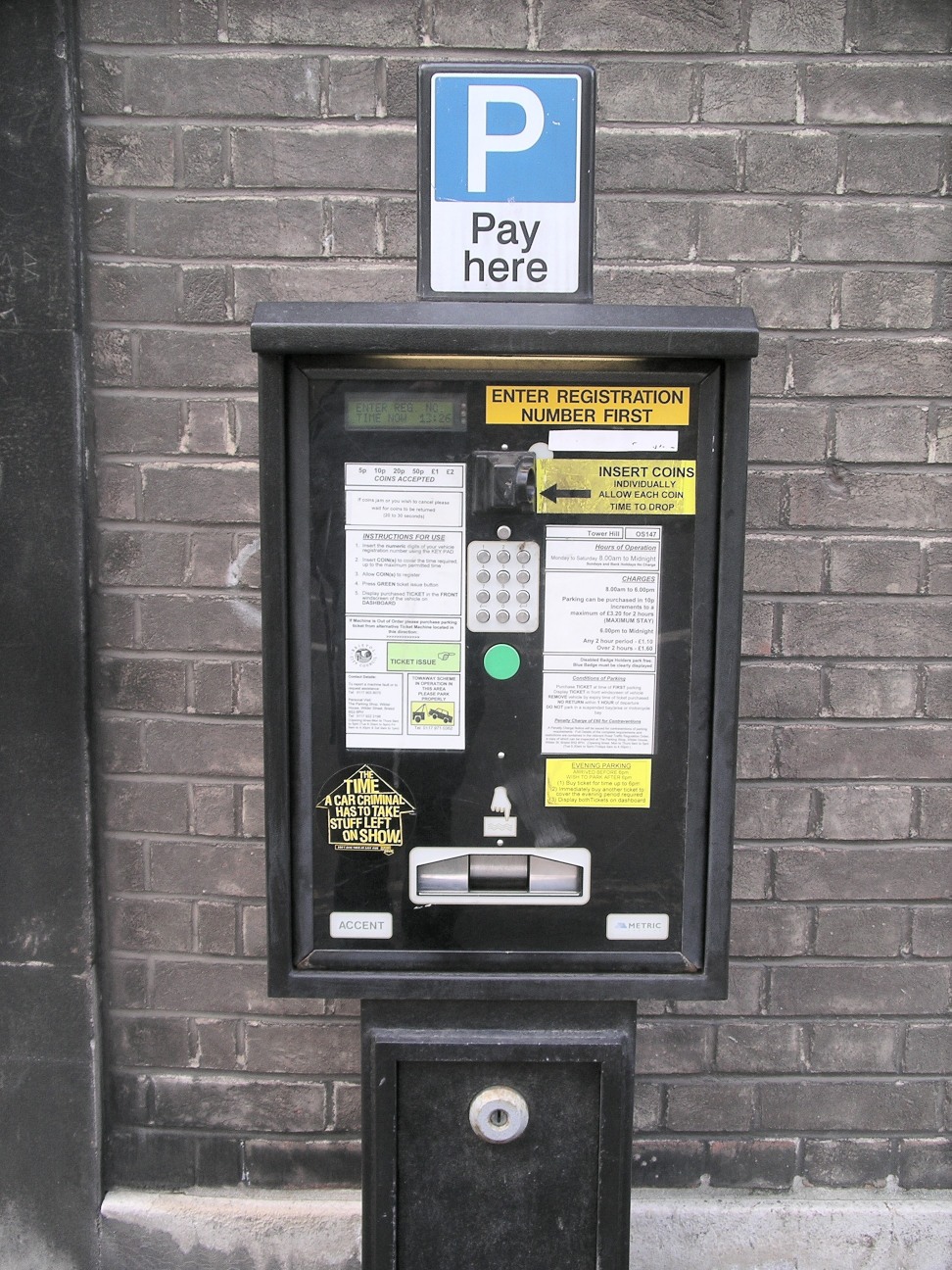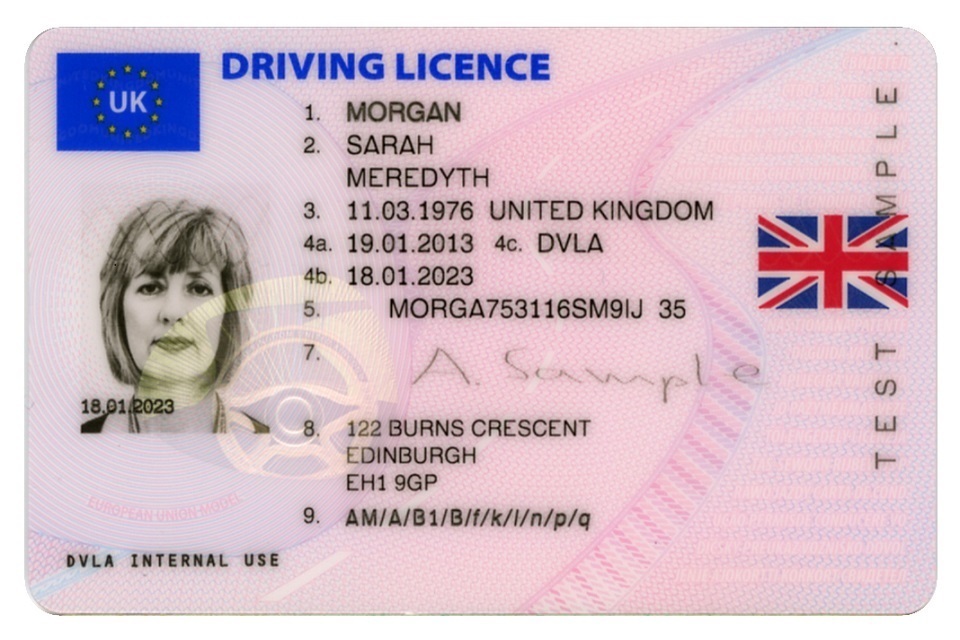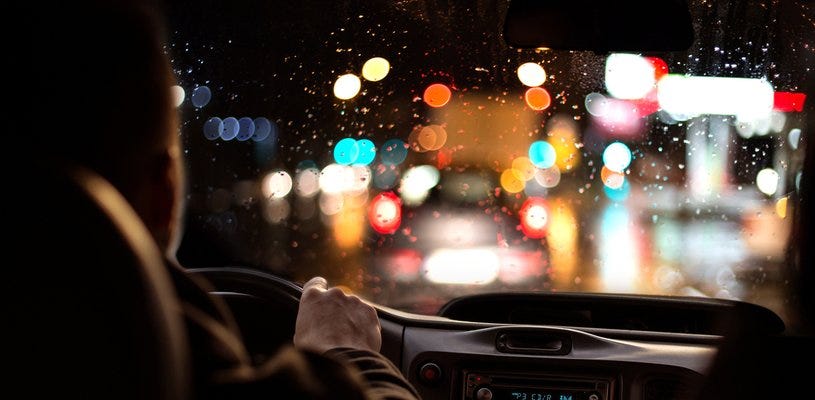A survey recently conducted, disclosed that a huge percentage of drivers find the parking apps to be a nuisance. The survey revealed that a staggering 83% of the 1387 people who partook, stated they would rather use a pay and display machine than downloading and creating an account for the many different apps used today.
The survey, from Autocar, discovered that drivers were concerned about online fraud and that some apps were overly complicated.
A small percentage expressed they would use parking apps as a preferred way of payment, stating it was more convenient to pay for parking at a push of a button on their mobiles.
You can view the full survey findings here.
Motorists in the UK have a selection of 30 different parking apps, which will need to be downloaded to park in the chosen areas. Each of them will need an account and access to personal details in order to pay for parking. Each of them will need an account and access to personal details in order to pay for parking, which is a factor that some drivers find off putting or confusing, others have expressed they worry that submitting all their details could lead to cases of fraud.
Another concern is that phones aren’t always 100% reliable, a loss of internet service or a low battery could be what throws a spanner in the works.
In response to the growing concerns around parking, in October 2023 Prime Minister Rishi Sunak and Transport Secretary Mark Harper revealed plans for a ‘national parking platform’.
The aim is to streamline this process of paying for parking, where drivers can use one system – no matter where they are leaving their vehicle.
At the time of the announcement, the Government stated that it will be live by Autumn 2024.
Could this be the end for the pay and display system? We asked some Instructors and Training Instructors their thoughts, the majority agreed it was convenient to pay via the app but the app also comes along with its own disadvantages. Of course it eradicates the scramble looking for change to pay, but also does need to be more reliable.
Kerry at Britannia said;
I do like the convenience of the App, providing it works when you need it to. There has been some occasions i have clicked on the App for it to have completely logged me out, which therefore takes more time to re log in and pay than if i would use the old simple method of pay and display. But when i had small children in the car this would of been a godsend to be able to do it all from my vehicle.
 Buy Gifts Vouchers Here
Buy Gifts Vouchers Here Intensive Driving Courses
Intensive Driving Courses Driving Test Booking Services
Driving Test Booking Services




















